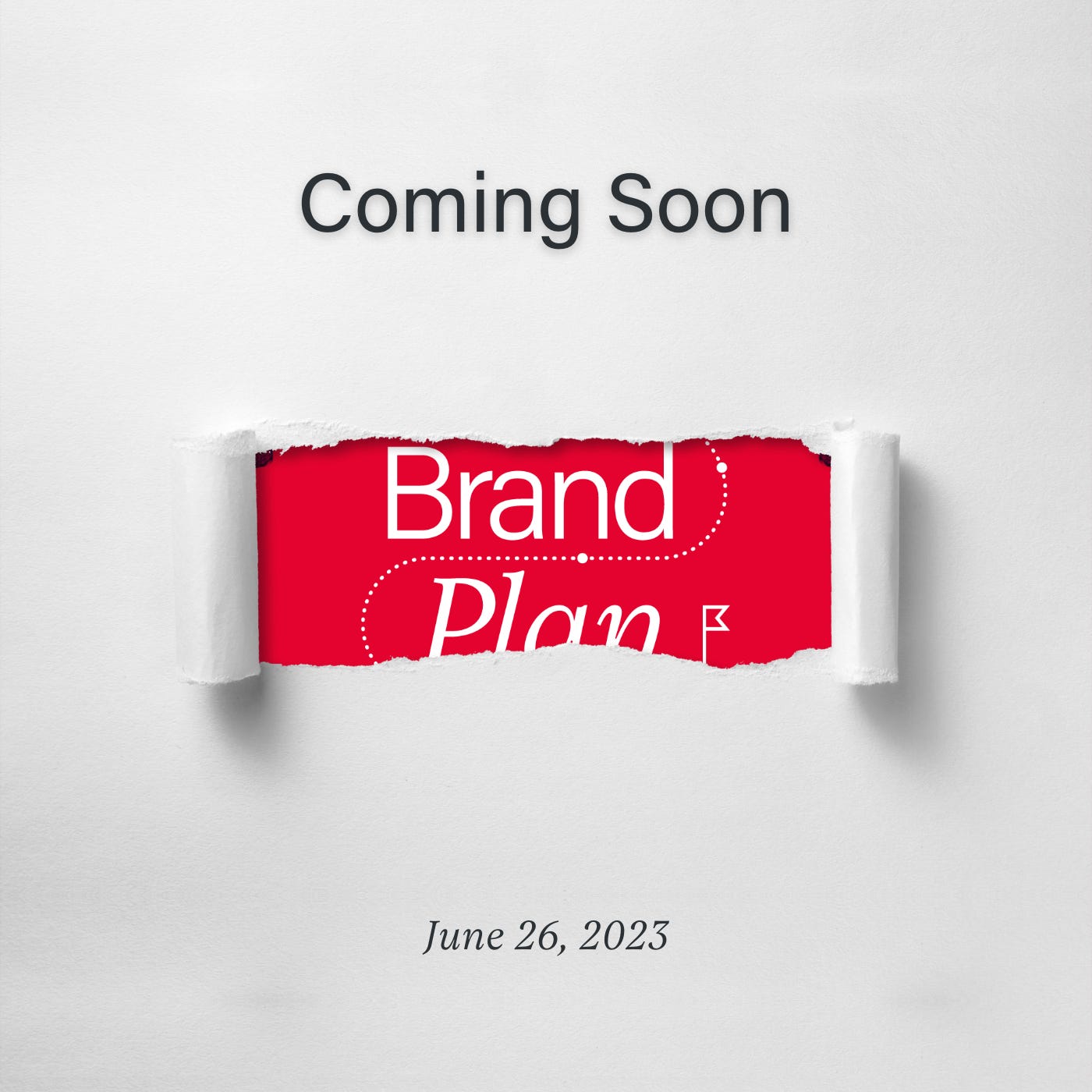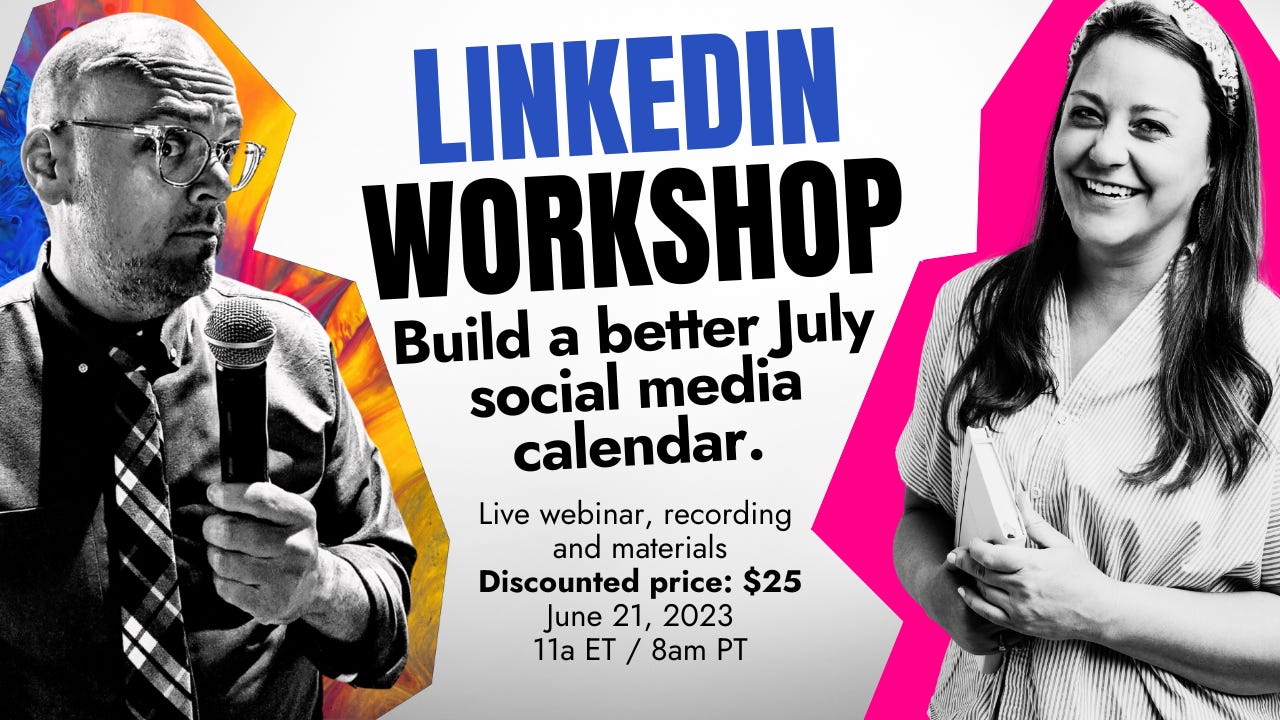+++++
Law #1: The Law of Strategy (video)
Law #2: The Law of Focus
Law #3: The Law of Perception
Law #4: The Law of Ownership
Everything the company does IS the brand.
This is both good and bad news.
The good news is that you have the chance to work with literally ANYONE within the company and be able to make an impact. From the executive assistant who decides what the outgoing voicemail message should be to the internal comms manager who is scripting the all-hands meeting, to the customer service manager who is adjusting language used by call centers, to the marketers and developers who manage the corporate website, to the IT team who decides the default wallpaper on all computers assigned to staff and what ends up on the digital signage, etc etc etc.
You can do good work from literally any part of the company.
The bad news is that the company is huge compared to you, and every single element of the company may call on you at any time for advice, copy, images, strategies, video, and event support (and who knows what else). You are a single person with a straw, stepping up to the ocean to drink it dry.
You are more likely to grow wings than you are to complete 20% of the good ideas you have in that list you keep on your phone of things you think might be fun, or cool, useful or helpful.
Without opening up the can of worms marked, “Where should the employer brand function live?” this law simply embraces the reality that no matter where the function lives, its scope is far wider than its spot in the organization chart.
Compared to a consumer brand, where perception is localized to the product, its availability, and the service around it, there are seemingly infinite cooks putting their hands in an employer brand’s pot.
That’s why only crazy people do this job: you are expected to be responsible for the output of every aspect of the company but have new zero authority to make changes to that output.
The Law of Ownership spawns two crucial corollaries: The Rule Of Influence and the Rule of Authenticity.
The Rule of Influence states that as you have no authority over all the teams who are saying, shipping and publishing things that change people’s perception of your brand, you need to spend a lot of your time building relationships with all those people. You need to help them understand the impact of customer service, feature development, ESG, PR, and recruiting (among many many others) have on the brand, and (more directly) their own ability to hire.
The Rule of Authenticity states that since branding messages are coming from every part of the company, the most effective way to align messages around the brand is to ensure the brand makes sense to everyone and reflects the organization’s approach to… whatever it is they do. The value in authenticity isn’t moral. The value is in its effectiveness, that people are going to do what they have always been doing, it is easier to wrap those actions in a brand idea than it is to get dozens of teams to change.
++++
Last chance!, my next $25 webinar, where content maven Rachel Kennedy and I build a July calendar right in front of you, is in two days. Register today!
***This Newsletter Contains No ChatGPT***
-James Ellis [LinkedIn] [Website]
###






